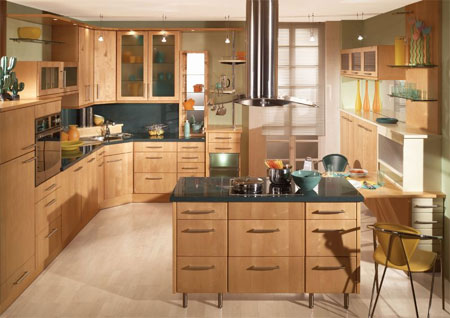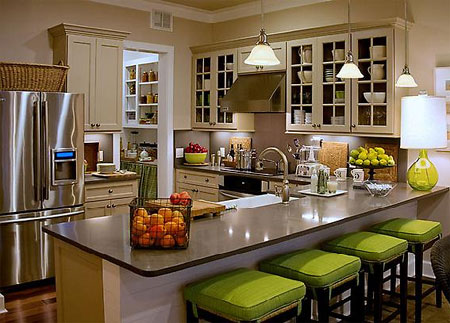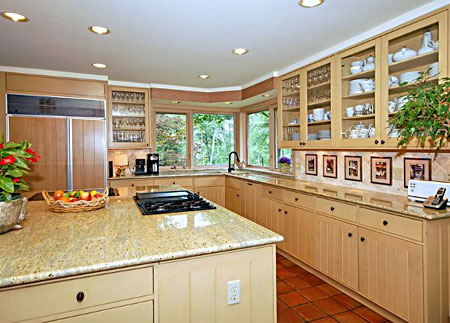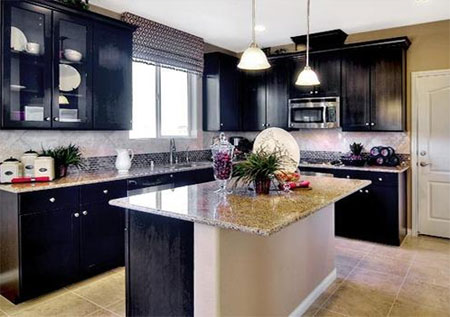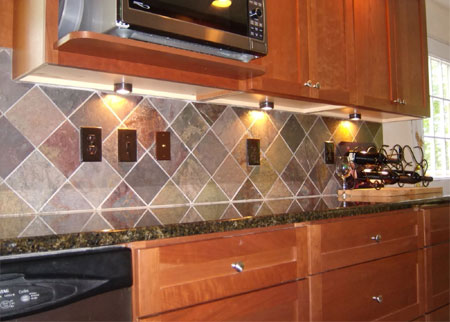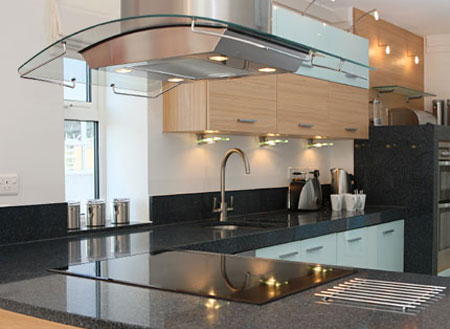Elements of a well-planned kitchen design
Whether you work with a Kitchen Designer or you opt for the do it yourself route, there are ingredients to a good kitchen.
Layout and Design
The layout and design of your kitchen impacts on functionality and how well you are able to move around within the space. Your kitchen designer will ask plenty of questions about how you plan to use the room; how you use your kitchen, what types of meals you cook and what your likes and dislikes are to ensure that the final design meets your needs.
Ergonomics
Central to the design of a kitchen is the work triangle or efficiency of a kitchen layout. The work triangle is a design tool that measures the space between the main work centres of the kitchen, namely the sink, oven/hob and refrigerator. Careful placement of these items ensures there is not too much or too little space between each.
Worktops
Your kitchen designer will focus on the allocation of adequate worktop working space and set-down areas, particularly near to ovens and microwaves. Sufficient preparation space is vital in a highly-functional kitchen. To meet this need, some sink manufacturers are including optional extras such as chopping boards to help homeowners maximise the space available.
Islands are a popular inclusion as they provide excellent additional preparation and serving space, particularly when entertaining.
Storage
Storage in today’s kitchen takes a number of shapes and forms. The most obvious is the kitchen cupboard. Today’s kitchen design sees cupboards mainly installed above the worktop with a range of drawers under the bench. A good kitchen designer will look for opportunities to utilise space for effective storage, which might include additional solutions such as a wine rack, spice drawer and tea towel holders.
Great kitchen design now incorporates in-drawer and in-cupboard organisational systems. These organisational systems manage everything from groceries and pantry goods to cutlery, plates and cookware. Flexibility is the key, with each system able to be installed to suit the individual requirements of the home owners.
Flooring
The most popular flooring choices for kitchens are tiles or laminate flooring - why?
Tiles are durable and easy to clean but they are a hard surface underfoot, which should be considered if you spend a lot of time in the kitchen.
Laminate flooring can bring beautiful warmth to a kitchen and are often a feature standout. Laminate flooring is less durable than tiles as it is a softer surface and should always be adequately sealed to prevent any liquid spills from warping the wood. This type of surface is very easy to maintain and keep clean.
Splashbacks
A splashback is designed to protect walls from grease and cooking splatters as well as liquid or water splashes from the sink area. In today's more modern kitchens where floor-to-ceiling tiles are no longer fitted, a splashback is essential.
Something new... painted glass is one very popular material for splashbacks today. Toughened glass is painted on one side then affixed to the wall above the sink and/or cooktop area. The naturally luminescent qualities of glass make it an excellent choice for this application and as paint is available in almost any colour you choose, it can be coloured to match or contrast with cabinetry.
Stainless-steel is another very popular choice, particularly when choosing all stainless-steel appliances. Keeping the same finish throughout gives a commercial-style finish to the kitchen and provided it is maintained and cleaned properly, will remain sparkling and as-new for many years.
Tiles are often used as a splashback as well, more commonly in traditionally-designed kitchens. Often sporting a motif, they are included to continue the design theme of the room.
Appliances
Kitchen appliances can be divided into two large groups - built-ins, such as stoves and dishwashers, or free-standing, such as food processors, mixers and juicers. Both have their place in a well-designed and constructed kitchen. A kitchen design should take into consideration the placement of the main set of appliances - the oven or stove, cooktop, refrigerator and sink. These appliances need to be positioned to allow clear and free access with allowance for adequate set-down areas.
When choosing appliances, think about the style of your kitchen and how best to integrate your chosen items. Most appliances can be fully or semi-integrated with panels to match the cabinets for a seamless look. Or you could choose a finish to complement your cabinets such as white, black or the ever popular stainless-steel. Many manufacturers also have a brushed aluminium finish available. Whilst it is not essential to buy all your appliances from the one manufacturer, it is the best way to ensure a matching set with coordinated finishes, handles, knobs and buttons.

